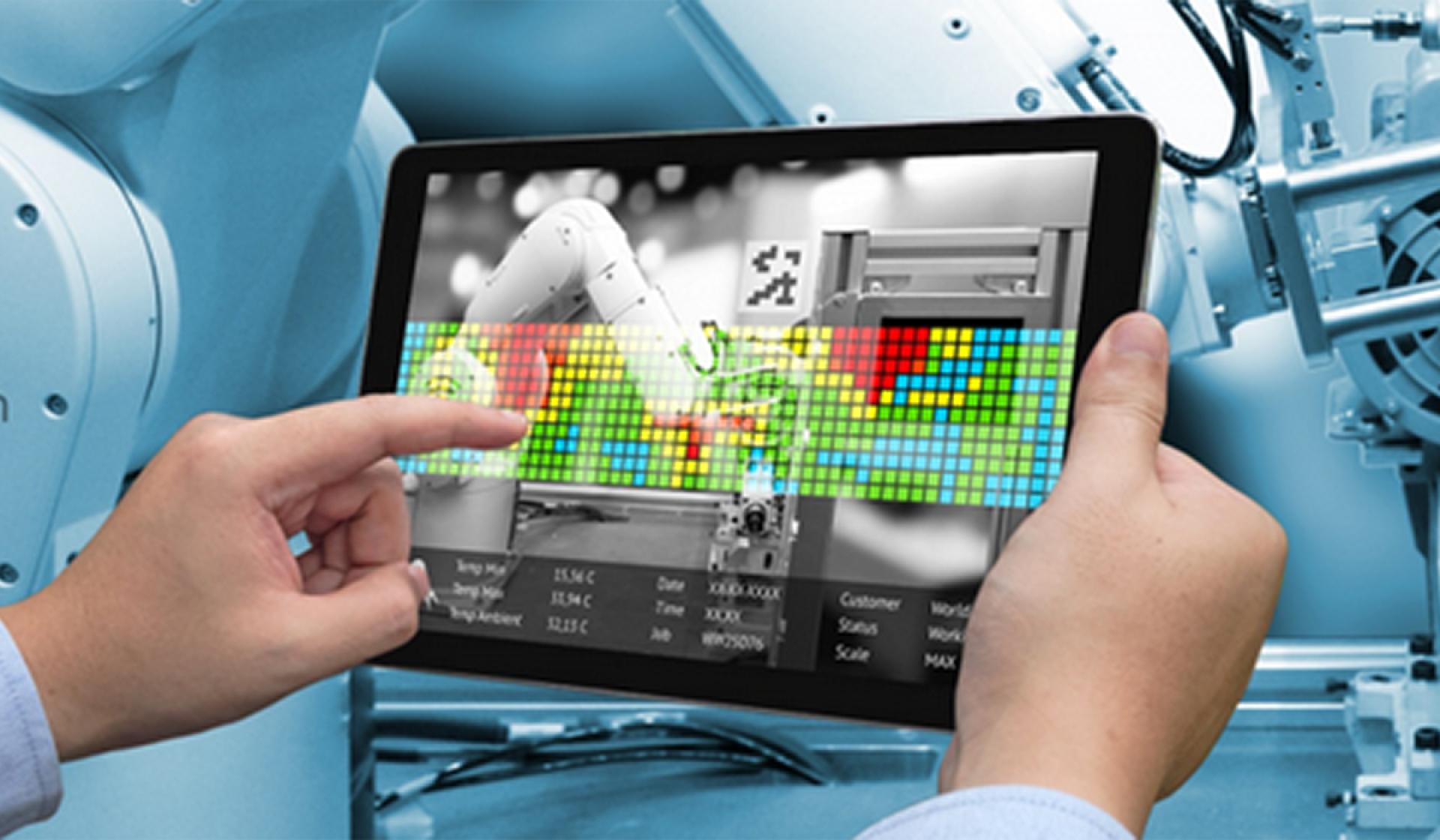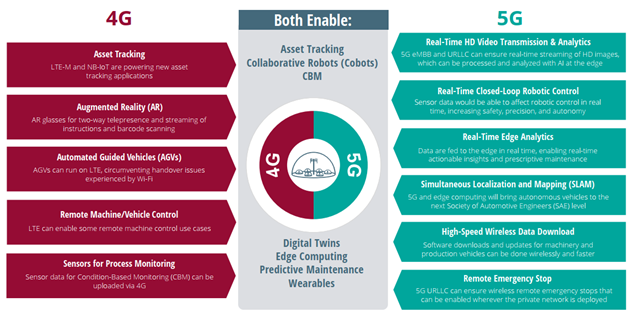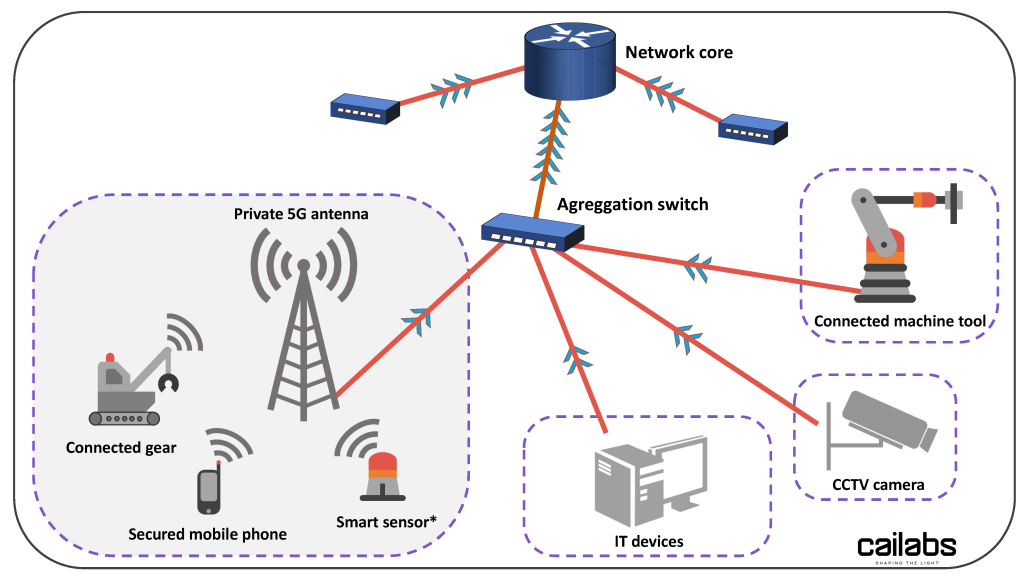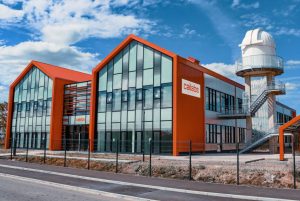How will the network infrastructure support the explosion of data traffic promised by 5g?

The Fourth Industrial Revolution promises more data to boost productivity and more connected objects for improved performance monitoring. But is the existing cabling infrastructure ready to handle the exponential increase in data traffic that this will entail?
The digital industrial revolution is on the move (at last)
Industrial digitalization has recently experienced a sharp acceleration. In the first few years of Industry 4.0, or the Internet of Things (IoT) in the early 2010s, the focus was on “proof of concepts”. Today, digital solutions are widely used in the supply and production chain to increase the efficiency and quality of completely new processes and services.
The Smart Factory or Industry 4.0 has played a central role in this progression. It is characterized by the comprehensive and consistent use of data coupled with support systems, new manufacturing technologies and flexible automation. The horizontal and vertical integration of R&D, engineering, manufacturing, supply chain management and customer departments illustrates the promises of the “Factory of the Future.” Global networks are emerging around what has come to be known as the “Smart Factory”. Integrated digital tools and simulation capability increase supply chain transparency and improve the ability to respond to unforeseen events.
Another important aspect of industrial digitalization is the development of intelligent products and services to enable and monetize new applications. Thanks to integrated connectivity, sensor technology and data processing capabilities, intelligent products are able to perform tasks autonomously, coordinate centralized and decentralized actions via cloud platforms, and adapt to changing environmental conditions and tasks. Smart objects (IoT) also form the basis for the development of smart services, such as data-based business models, smart cities, smart agriculture and smart health.
New applications requiring massive data flows
The Smart Factory will be increasingly connected and wireless. By 2030, revenues from connected machine tools will grow to reach USD 134 billion, asset tracking will reach USD 78 billion, and Connected Programmable Logic Controllers (PLCs) will hit USD 40 billion (source: ABI Research, a market research firm specializing in new information technologies)(1).
The 4G Long Term Evolution (LTE) network can already support the majority (85%) of industrial applications, such as augmented reality (AR), sensors for smart environment monitoring systems and communication between machines. In the future, 5G will enable the massive deployment of artificial intelligence (AI) based applications, such as 4K and 8K real-time video analytics, and Multi-access Edge Computing (MEC) which enables IT traffic and services to be moved from a centralized cloud to an edge network closer to the customer. Ultra-Reliable, Low-Latency Communications (URLLC) for critical emergency shutdowns in particular, and video-controlled robots with haptic feedback could also be developed on a large scale. By 2030, ABI Research predicts that 5G will become the dominant cellular connectivity solution, with 344 million Smart Factory connections.

All of these applications are expected to significantly increase data traffic on all networks: radio, fiber, cloud, etc. According to Ericsson, mobile traffic is expected to grow by almost 50% annually in the coming years. An additional 30% increase was even observed in 2020 due to the pandemic and the increased consumption of digital services (streaming, videoconferencing, etc.)
More relay antennas equals more fiber networks
At first glance, a mobile network and a fixed optical fiber network have little in common. They can even be regarded as competitors. After all, we regularly hear stories of consumers who “cut the cord,” meeting all of their basic voice and data needs with their smartphones.
In fact, the opposite is true: the growth in data volumes that must be transmitted at high speed around the “mobile” core network cannot generally be met by wireless technologies. In an industrial environment, the core of a public or private mobile network is made up of fixed optical links deployed throughout the campus which aggregate data from all digital applications.
The inherent problem with 4G/5G is that, as a rule, the authorized throughput increases as the bandwidth increases, but as the coverage of an individual cell tower decreases, more towers are needed. Thus, since the traffic collected by these antennas cannot be efficiently relayed to the destination cells using wireless technology, an optical link is required.
Consequently, the number of new antennas deployed and the increase in throughput promised by 5G require a fiber infrastructure that can handle high-throughput transmission of large volumes of data between the aggregation switches and the main server. These new uses are in addition to the existing high consumption services (video, Wi-Fi, etc.).

This presents a challenge for a large number of Chief Information Officers (CIOs), who need to ensure that the cabling infrastructure of their organizations can support this future increase in traffic.
AROONA takes on the 5G challenge
In many industrial sites, the oldest optical networks deployed are composed of multimode fibers which are limited to throughputs of below 1 Gb/s. These networks cannot satisfy the much higher requirements of 5G, which can go up to 100 Gb/s.
According to a study by NOKIA (1), respondents highlighted the need to “digitalize” and improve existing infrastructure (63%). One of the main drivers to achieve this would be to replace aging infrastructure, according to 43% of respondents.
By transforming multimode fibers into single-mode fibers, Cailabs’ AROONA solution modernizes obsolete infrastructure and makes 5G technology compatible with older generation fibers. AROONA future-proofs existing optical networks, thus removing the need to replace old fibers and accelerating the deployment of 5G by eliminating the need for civil engineering works.
Moreover, the main requirement of the 5G network is wavelength division multiplexing across all services of a base station in order to save fiber resources. 25G CWDM, DWDM and LWDM solutions meet the new bandwidth and capacity requirements of 5G. AROONA’s compatibility with wavelength division multiplexing (WDM) makes it a preferred solution for upgrading multimode optical fiber networks.
Sources :
(1) Nokia & ABI Research: Enterprise Digital Transformation Through Industry 4.0 (2020). Read the article
(2) Fiber in 5G reports – Download Viavi white paper

By Jean-Philippe Gauthier
Jean-Philippe Gauthier holds a PhD in Physics from INSA Rennes (2011). After working for five years in industry as a project manager in connected objects and Industry 4.0, he joined Cailabs in 2020 as pre-sales engineer for the AROONA product range.
